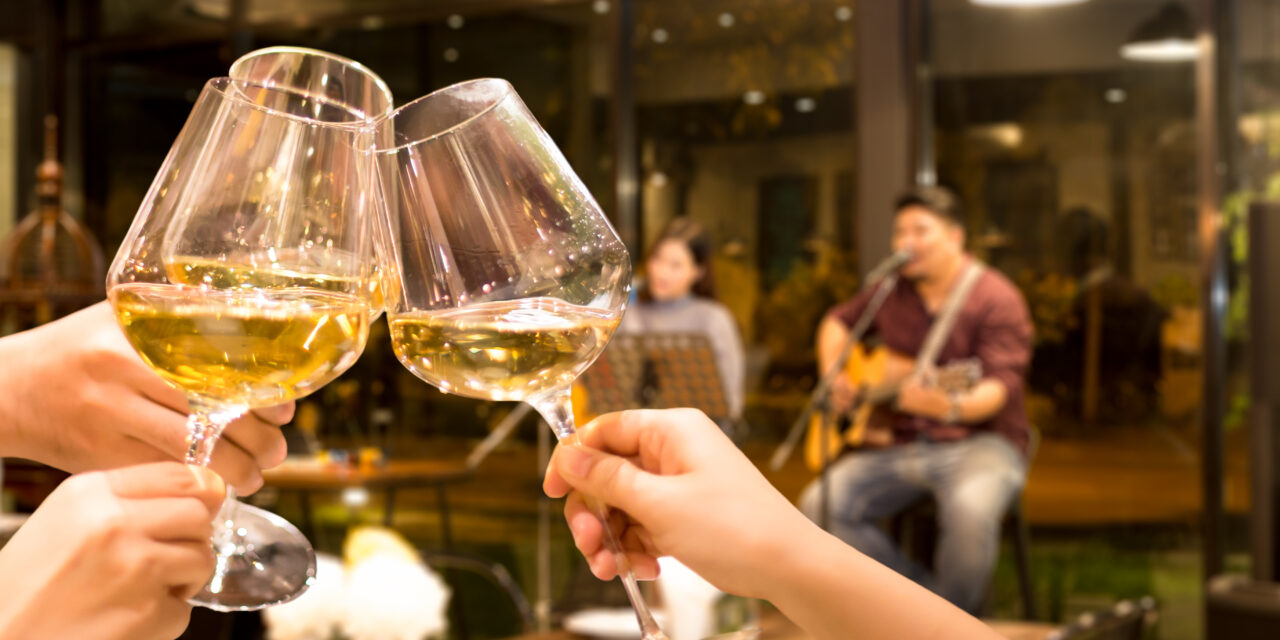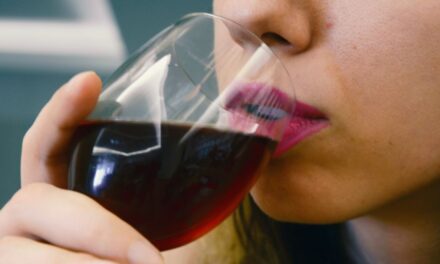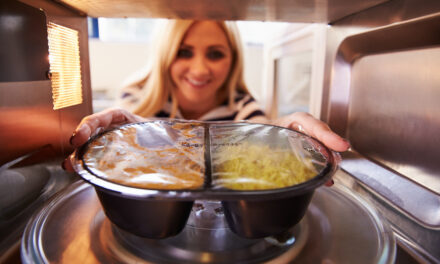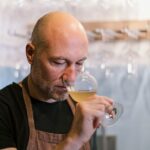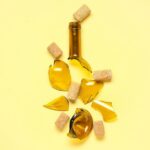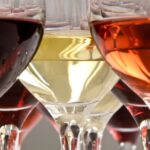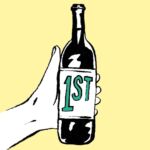As a trained professional chef, with a degree in culinary arts from one of the top culinary schools in the U.S. who has spent over a decade bumbling through some world-class restaurants setting things on fire, few can appreciate food and wine tasting quite like I do. With regional flavors that have evolved over thousands of years, it surely began as something anecdotal, with a skew towards localism (what grows together, goes together, after all). Nowadays, music pairings for wine has gone beyond being widely accepted… It’s academic. There is science – thoughtfully studied, carefully explored and applied – behind the ever-evolving concepts associated with the marriage of food and wine. To wit, chefs, sommeliers, winemakers, and food/beverage scientists have delved deeper into the mysterious taste/sensation of umami and are now building layered ‘umami-bombs’ of aged cheeses, with dried seaweeds, fermented vegetables and the like… to be paired with skin-contact white wines (potentially umami-containing, but as of yet unproven). That’s just one example, but you can imagine the combinations and permutations are truly limitless. And yes, while even the experts will disagree on the viability of a specific pairing, no one seems to disavow the notion that food and wine tasting is a real and tangible thing, with a marked impact on the palate of any wine lover.
But music pairings? Could there be a style of music that really pairs best with a specific wine? Now that’s a different animal altogether. Well, wineries pay close attention to the music that is played in tasting rooms, and some vignerons have tried playing music in their vineyards to encourage growth. Here at First Bottle, we’re big believers that these belong together – why else would we take the time to offer up a unique song recommendation for each wine we feature? We’ve even crafted a Spotify playlist for you all to enjoy. Some on the First Bottle staff firmly believe in the emerging science behind it, as well. Consider it the neuroscience of musical theory… sprinkled with connections to the neurosensory receptors that light up the brain’s pleasure centers when drinking a cherry-bomb zinfandel or eating a steak. If things like a chorus, or a prolonged guitar solo can be crafted (or engineered even?) to elicit a specific mood, (G&R’s November Rain comes to mind) is it really a stretch to imagine that an engineered harmony of the perfect song with the right bottle of chardonnay could also elicit a particular response? Or conversely, that a dissonance of the wrong song would negatively impact the tannins of an otherwise stellar pinot noir?
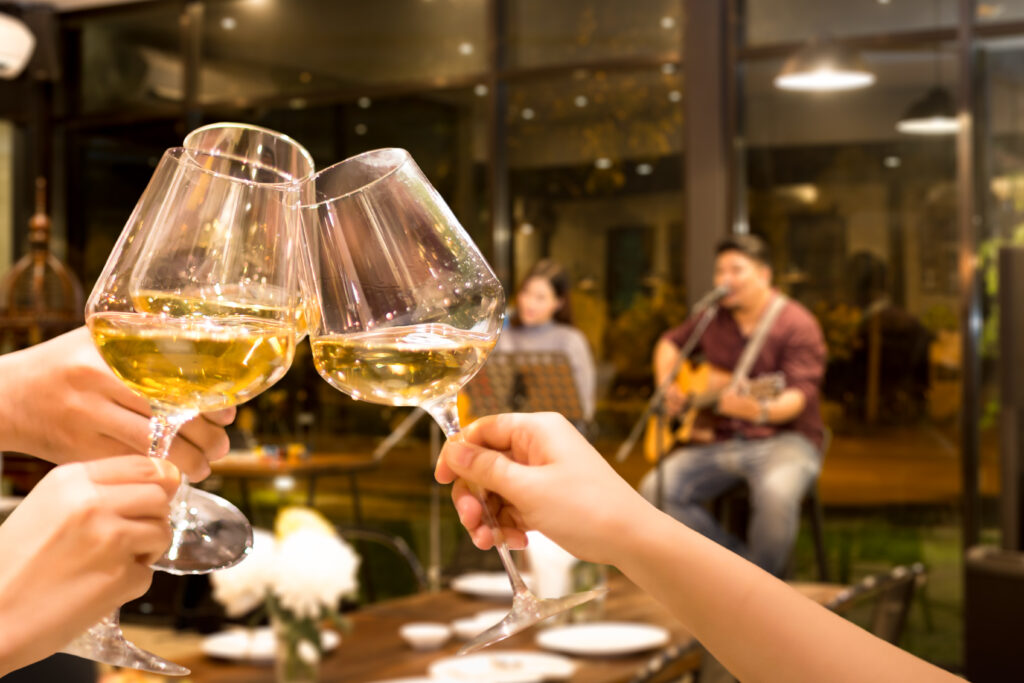
Now the detractors, cold and soulless as they are, will say that music and wine theory is shaky science at best, and a non-sequitur at worst. We’re certainly in the murky waters of new discovery here and the strands of this multisensory theory remain loosely intertwined and far from tied off. Clark Smith, in his thoughtful exploration Postmodern Winemaking dedicates an entire essay entitled “Liquid Music” dedicated to the multisensory defense of music and wine pairing. In his introduction, he opens up to his naysayers, saying, “I am tackling in prose a realm that is utterly experiential. Without real-life familiarity, you are likely to think I am simply nuts.”
It’s the modern day difference between listening to Jimi and hearing Jimi, I suppose. Smith goes on to present modern advances that are allowing this debate to continue and potentially one day, lead to the sort of peer-reviewed, science-affirmed publications that now exist in the food and wine realm. With advanced use of Functional MRI’s, electro-encephalography (EEC) and positron emission tomography (PET) scans, we are now able to monitor and record brain activity in real-time. With further study, the magical alchemy of why Grand Cru Chablis seemingly synergizes with Adele’s Turning Tables (and yet the same tune makes Calistoga petite sirah seem metallic, disjointed and incomplete) may be revealed.
For what is magic if not science yet to be explained? Synesthesia is a well-documented phenomena that may hold the key to understanding the connections behind the multisensory experience of music and wine pairing. For years, the afflicted were almost universally denounced as drug-addled, unstable, lying or just straight insane. Now we know better. If you can hear colors, surely it is possible that the brain can simultaneously fire neurons to the same pleasure centers when tasting cabernet sauvignon and rocking out to the Rolling Stones? Uncapping a bottle of dry Riesling to the melodies of a Puccini opera? Glugging a blend of red wines while headbanging to KISS? Ella Fitzgerald… and… Pinot? You tell us in the comments.
At the end of the day, we’re not likely to get black and white “objective” truths here. No one will force you to listen to MMM Bop even if it goes perfectly with Provencal Rosé. So just breathe…
Or better still… start training your brain to develop multisensory connections of your own choosing and become the first wine synesthete, and let us know how it works out!
Until then, cheers to good tunes, tasty bites and great wines!
-Connor

